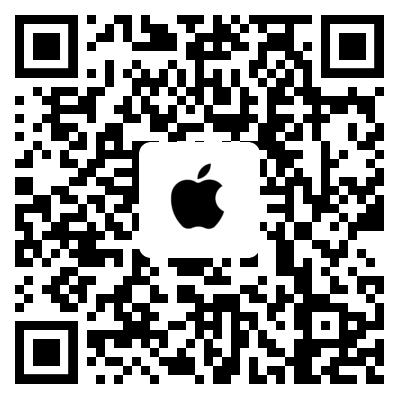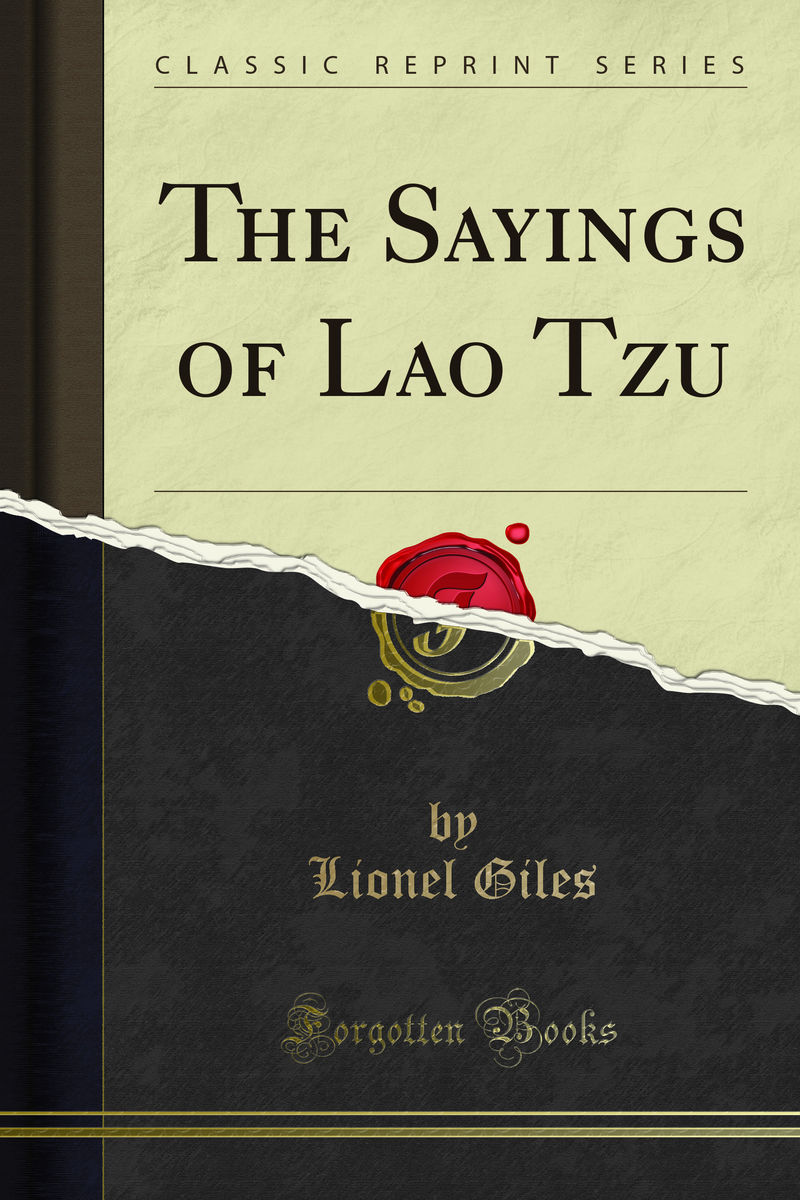- 中图分类号: B2
- 语种: ENG
- 出版信息: Forgotten Books 2016 54页
- EISBN: 9780243676798
- PISBN-P: 9781330618684
- 原文访问地址:
KG评星
知识图谱评星,是一种基于用户使用的评价体系,综合图书的评论数量、引文数量、Amazon评分以及图谱网络中节点的PageRank值(即考虑相邻节点数量和重要性)等多种因素计算而得出的评价数值。星级越高,推荐值越高。CAT核心级
核心学术资源(CAR)项目作为教图公司推出的一项知识型服务,旨在打造一套科学、有效的图书评价体系,并协助用户制定相应的馆藏建设方案。CAR项目调查和分析12所世界一流大学的藏书数据,以收藏学校的数量确定书目的核心级,核心级越高,代表书目的馆藏价值越高。选取核心级在三级以上,即三校以上共藏的图书作为核心书目(CAT)。The mention of this Classic, or Treatise of the Way and of Virtue (as it may be translated for want of better English equivalents), brings us naturally to the vexed question as to whether the text which has come down to us can really be attributed to the'hand of Lao Tzii, or whether it is not rather a garbled and unauthorised com pilation of his sayings, or even the mere forgery of a later age. The Chinese themselves, it may be remarked, are almost unanimous in denying its authenticity. It has been urged that we must make allowance here for Confucian bias but the internal evidence alone should suffice to dispel the notion, to which many eminent sinologues have clung, that the Tao TE Ching in its present form can possibly represent the actual work of Lao Tzii. On the other hand, it is highly probable that much of it is substantially what he said orwrote, though carelessly collected and pieced to gether at random. Ssi'l ma Ch'ien, who published his history in 91 b.c and was consequently removed from Lao Tzii by a much longer period than we are from Shakespeare, tells us that the Sage wrote a book of five thousand and odd words; and, indeed, by that time the Tao Té Ching may possibly have existed in something like its present shape. But anyone who reflects on the turbulent condition of China during the intervening centuries, and the chaotic state of primitive literature before the labours of Con fucius, to say nothing of the Burning of the Books in 213 b.c., will find it hard to convince himself that Ssh-ma Ch'ien ever had before him the actual writings of the philosopher. Arbitrary and confused though the arrange ment of the Tao T2 Ching appears, it is possible to trace a coherent line of thought throughout the whole. And although no coiner of paradox on such an extensive scale as Lao ti could hope to achieve absolute and invariable consistency, it is easy to see that the Tao T2 Ching is something more than a mere jumble of stray aphorisms that it is, in fact, the well-denned though rudi mentary outline of a great system of tran scendental and ethical philosophy. That this magnificent scheme of thought never reached its full expression in Lao Tzii' us treatment is largely due to the fact that he was perpetually struggling to convey his ideas through the medium of a language still imperfectly developed, and forming an inadequate vehicle for abstruse philosophical conceptions. This, too, combined with an extraordinary conciseness OI diction, Is the cause of the obscurity which hangs over several portions of the text, and which the labours of innumer able commentators have done very little to clear away. To the wide scope thus afforded for the imagination we owe the startling discoveries, in the body of the work, of the Doctrine of the' Trinity, and of the Hebrew word for Jehovah, thinly disguised in its Chinese dress. Sad to say, both of these once famous theories are now totally discredited.







 京公网安备 11010602104826号
京公网安备 11010602104826号
